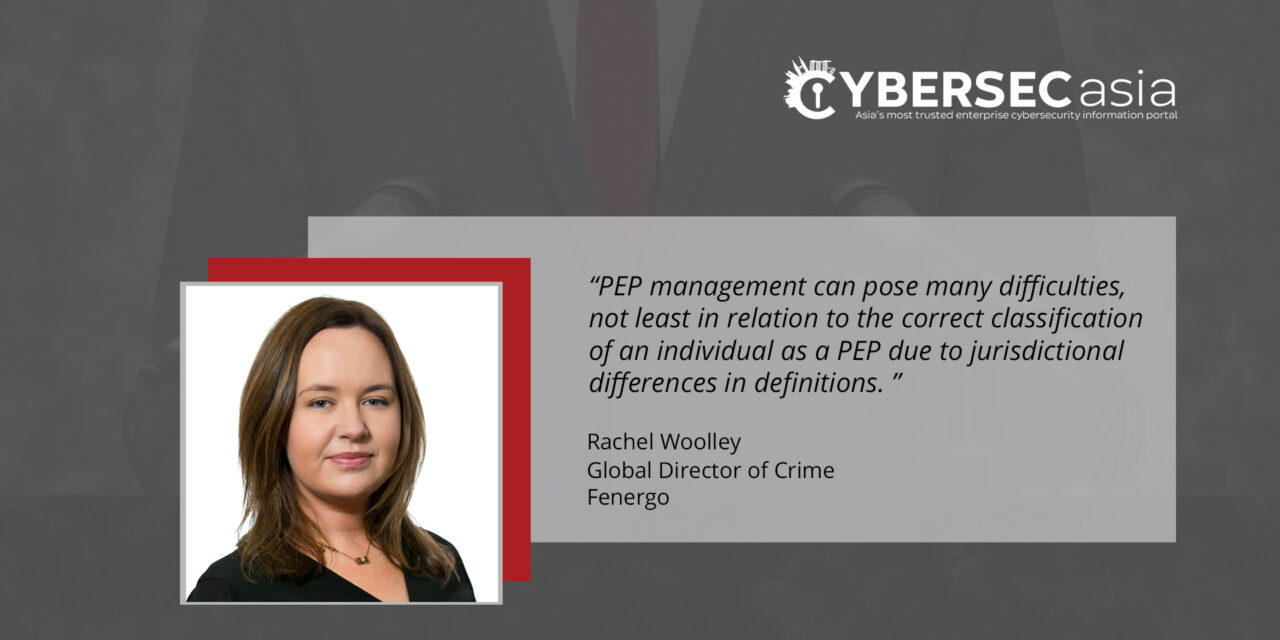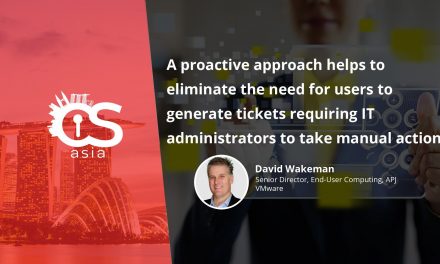With over US$10bn paid globally in fines related to violating PEP compliance regulations, financial institutions need to weed-out manual detection processes.
With the pandemic catalyzing the rise of fraudulent activity, regulators have prompted financial institutions (FIs) to be more vigilant, especially in spotting politically exposed people (PEP).
In fact, throughout 2020, FIs had globally paid USD$10.6bn in enforcement actions for financial crime violations, including breaches of anti-money laundering and Know-Your-Customer regulations—which rose to 27% from the year before.
Since PEPs themselves can raise concerns on money laundering and corruption, this thorny issue requires an additional layer of scrutiny. However, PEP management can pose many difficulties, not least in relation to the correct classification of an individual as a politically exposed people due to jurisdictional differences in definitions.
Today, despite the progression in changes of definitions in recent years, politically exposed people remain a challenge to identify. This is exacerbated by disparate systems and manual processes that financial institutions rely on for customer due diligence.
Capturing headlines
Notable examples from PEP challenges in 2020 include the Luanda Leaks, which exposed the sprawling business empire of Africa’s richest woman who exploited family ties (among other things) for two decades.
In recent years, the 1Malaysia Development Berhad (1MDB) scandal had also made the headlines in the world of financial crime, which implicated Goldman Sachs in a massive corruption scheme.
Separately, in July 2020, Deutsche Bank was fined USD$150m for failing to properly monitor its dealings with the late Jeffrey Epstein. Though not strictly speaking politically exposed, Epstein’s ties with high-profile political individuals would meet the threshold of ‘known close associate’, requiring heightened scrutiny by financial institutions.
So, how do we identify a politically exposed people (PEP), and why should FIs be heedful when examining the risk of dealing with one? How can they alleviate exposures to sanctions and PEP risk, and the potentially damaging cost of non-compliance?
Defining PEP is problematic
The definition of a PEP differs slightly from jurisdiction to jurisdiction but is generally accepted to include individuals that hold a “prominent public function”, including presidents, prime ministers, and other senior politicians.
The definition also broadens to include members of royal families, figureheads of state-owned entities, as well as international organizations such as the International Monetary Fund, United Nations, World Health Organisation and the World Bank.
Most jurisdictions consider individuals responsible for directing and controlling government funds, or those with the ability to impact decisions, to be politically exposed. They could thus could be susceptible to external influence, bribery, or corruption.
It is crucial to note that identifying a PEP does not provide indications of the individual’s past or future criminal behavior. However, it is necessary for FIs to adequately identify individuals that not only hold prominent public functions, but also those who have close ties with senior politicians, like family members and business associates, i.e., ‘known close associates’.
In determining the acceptability of higher-risk accounts, a bank should gather sufficient information to evaluate whether an individual is classified as a PEP, domestic or foreign. However, a significant problem remains on what constitutes a PEP globally. The United States follow a different approach to European Union (EU) standards and the Financial Action Task Force (FATF) guidance by only defining foreign PEPs. In the EU, the definition of PEP was extended under the Fourth AML Directive, which was enacted in 2015, to categorize all national/domestic PEPs as high risk.
These regional differences call for regulators to strengthen cross-border collaboration to develop a standardized framework that would clearly reflect both foreign and domestic PEPs.
Mitigating compliance risks
FIs performing assessments need to evaluate the level of risk posed by PEPs. Further evaluation must be conducted to determine the categorization of an individual as a PEP, and whether additional scrutiny is required to assess their financial activities.
There is a clear obligation to carry out additional identification and verification on PEPs’ sources of wealth and funds, as this will provide FIs with information on the nature of activity expected from the PEP throughout their account relationship with the financial institution. Naturally, ongoing close monitoring is critical to identify any unusual and potentially suspicious activity, including transactions that may be related to bribery, corruption, or money laundering.
During the onboarding process, many FIs find difficulties in unravelling the complex entity hierarchy structures due to manual, paper-based processes and operational silos. With the innovation of digital KYC onboarding technology incorporating graph data visualization software, financial institutions can discern the structures of companies through charts and graphs, and so can detect with greater ease the ultimate beneficial owners (UBOs), controllers and other individuals that have an interest in an entity.
This technology also supports the management of PEPs and high-risk individuals more efficiently, enabling the collection of enhanced due diligence information and documentation in line with regulatory requirements.
Digitalization of customer verification
By enhancing and digitalizing client due diligence measures at the onboarding phase, FIs can improve productivity in identifying stakeholders or UBOs that are considered to be politically exposed.
Bearing in mind that it is not a crime to be a PEP, FIs must remain vigilant in monitoring for potential criminal financial activity when doing business with one.
The prevention of financial crime lies within the understanding of how to identify PEPs and individuals that have close associations with PEPs; the timeliness is the key—via automation and next generation technology.

















